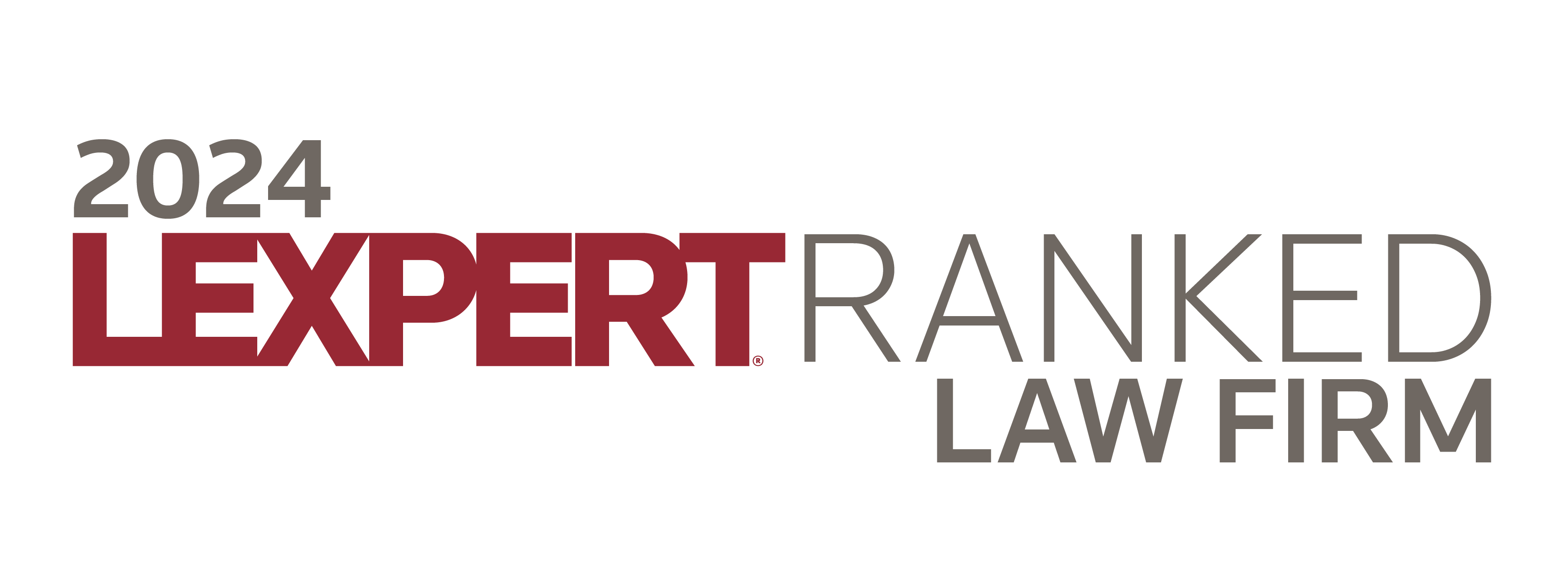On October 18th, 2024, the Alberta Superintendent of Insurance (the “Superintendent“) published Interpretation Bulletin No. 05-2024, titled Motor vehicle warranty contracts, dealership loyalty programs and vehicle protection products (the “Bulletin“).
The Bulletin clarifies the Superintendent’s regulatory view of products commonly marketed by automobile dealerships in conjunction with the sale of motor vehicles. A link to the Bulletin is here – https://www.abcouncil.ab.ca/wp-content/uploads/2024/10/tbf-superintendent-of-insurance-2024-05-bulletin.pdf.
We note that the Superintendent made an announcement on October 21, 2024 regarding a revised bulletin, which has not yet been published on its website.
This follows the issuance by the British Columbia Financial Service Authority of Regulatory Statement No. 24-008 Product Warranty, Vehicle Warranty and Automobile Insurance (the “BC Regulatory Statement“) on April 25, 2024, which advised that the BC regulator considers vehicle warranties to be insurance, and accordingly, they may only be sold by licensed agents (unless an appropriate exemption exists under BC legislation). Unlike Alberta, BC does not have a restricted licensing regime applicable to the sale of these products. A link to the BC Regulatory Statement is here.
The Bulletin applies to three categories of products: (1) motor vehicle warranties, (2) motor vehicle dealership loyalty programs, and (3) motor vehicle protection products.
- Motor Vehicle Warranties
The Superintendent distinguishes between manufacturer warranties and third-party warranties. Warranties and extended warranties that are offered by the manufacturer (or a wholly-owned subsidiary) of the vehicle are not insurance and are instead subject to the provisions of the Consumer Protection Act (Alberta). However, the Superintendent states that if the coverage includes any risk, peril, damage or loss beyond those inherent deficiencies in the workmanship or materials arising from the production of the motor vehicle, such products are contracts of insurance.
On the other hand, where a motor vehicle warranty contract is issued by a person (e.g., automotive dealer) other than the motor vehicle manufacturer or its wholly-owned subsidiary, these products are contracts of insurance. There is an exception for warranty contracts issued by a person (e.g., automotive repairer) providing coverage solely for those inherent deficiencies in the workmanship arising from the person’s service or repairs of a motor vehicle, which are not considered insurance.
The Superintendent also confirms in the Bulletin that motor vehicle warranty insurance falls under the class “equipment warranty insurance” as defined in the Classes of Insurance Regulation, and is therefore included in the restricted insurance type “equipment warranty insurance” as defined by the Alberta Insurance Council in this specification from 2020.
- Motor Vehicle Dealership Loyalty Programs
The Superintendent describes dealership warranty programs as products where the price is typically described as a membership fee, and a dealership discount is provided to consumers on a future replacement motor vehicle should an event occur that results in damage or total loss of the original motor vehicle. Discount values can vary and are based on several factors including, but not limited to, the type of loss, the sale price of the original motor vehicle, and motor vehicle age at the time of purchase. Such products indemnify consumers for part of the cost of purchasing a replacement motor vehicle only on the happening of a certain risk or peril, such as theft or collision. Accordingly, these loyalty programs are insurance, and must be developed, sold, and underwritten in compliance with the Insurance Act (Alberta) (the “Act“). The Superintendent does not consider debt waivers (which are agreements by the lender of an auto loan to waive up to a certain amount of a vehicle loan if the vehicle is written off, and the insurance payment is less than the outstanding loan amount) to be insurance.
- Motor Vehicle Protection Products
The Superintendent provides the following examples of vehicle protection products (which it defines as VPPs) that are considered insurance under the Act.
- Deductible reimbursement and/or monetary credits given in the event of loss, damage, or theft of a motor vehicle;
- Non-manufacturer tire and rim warranties providing for tire and rim replacement (warranties provided by the motor vehicle manufacturer for tires and rims included in the motor vehicle’s assembly are excluded and are not considered insurance).
- Glass protection products promising to pay some or all of the cost of a windshield replacement;
- Products intended to deter theft that include a promise to make a payment in the event of the theft and/or non-recovery of the motor vehicle (or part thereof), such as theft-deterrent etching or tagging and catalytic converter anti-theft devices, that include a promise to pay if the product fails;
- Key fob replacement coverage; and
- Payment for a motor vehicle rental provided in conjunction with a VPP that is insurance.
Roadside service plans, or motor vehicle service plans that provide solely for planned maintenance or routine service of a motor vehicle, or minor repairs that are routine to the ownership of a motor vehicle, are not contracts of insurance.
The Superintendent further clarifies that whether a service plan contract is considered insurance or not will depend on whether the service relates directly to wear and tear due to the use of the item as opposed to damage from an external risk such as collision or theft. If the service/repair provided is for reasonable and expected wear and tear, it is likely not insurance.
The key distinction between whether a product is considered insurance or not is whether the product pays an amount or provides something of value in the event of loss or damage resulting from a fortuitous event, rather than a defect in the quality of the product or reasonable wear and tear.
Penalties
Failure to comply with the requirements of the Act in Alberta may result in an administrative penalty of up to $25,000 for each contravention. A person convicted under section 786 of the Act may also be subject to a fine of up to $200,000 (and if of a continuing nature, each day or part of a day constitutes a separate offence).
If you have questions regarding the Bulletin and its application to your business practices, you can reach out to a member of our team.

